Why Cat Won't Pee In Litter Box?

Why is your cat PEEING outside the litter box?🙀
As a cat owner, you might have faced the issue of your feline friend refusing to use the litter box. This behavior, known as feline inappropriate elimination (FIE), is a common problem among indoor cats and a leading cause for cats being relinquished to shelters.
It’s important to understand that your cat is not being spiteful or revengeful. They are simply sending you a message that something is wrong and they need your help.
This post will delve into the reasons behind this behavior and provide practical solutions to address it.
Understanding Feline Inappropriate Elimination (FIE)
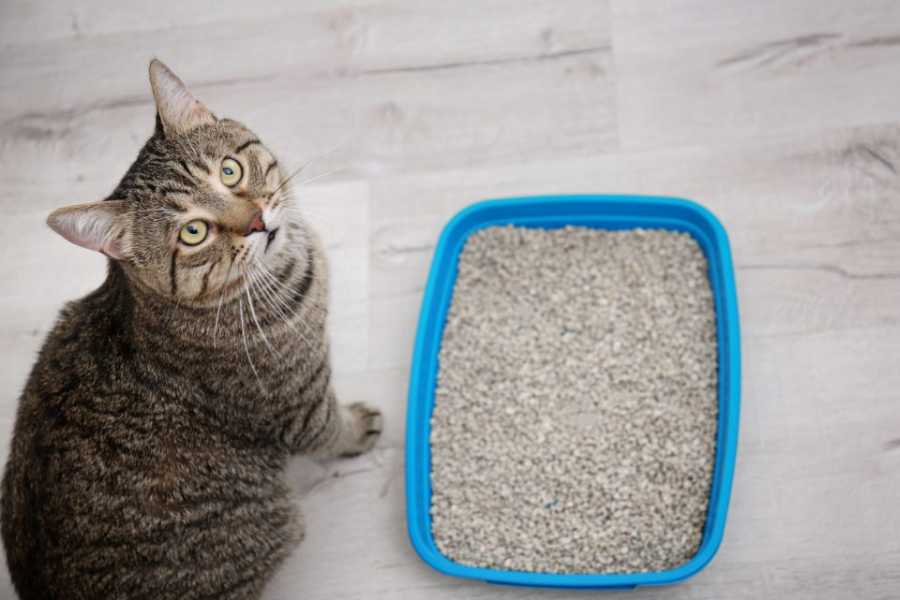
FIE refers to any time a cat urinates or defecates in the house anywhere other than inside the litter box. It accounts for about 50% of all behavioral referrals to veterinarians. There are four main causes for FIE:
- Medical problems: Conditions like bladder inflammation, infections, kidney disease, diabetes, diarrhea, constipation, arthritis, or anything that makes urinating or defecating painful can lead to FIE.
- Territory marking: Especially in male cats, marking their territory by spraying urine can be mistaken for FIE.
- Stress: Any changes in the household, presence of other animals, or even changes in the litter can cause stress in cats, leading to FIE.
- Litter box aversion: Cats may develop an aversion to the type of box, the hood, the plastic liner, the location of the box, the type of litter, the cleanliness of the box, or the fact that other cats are using the box.
Identifying the Cause
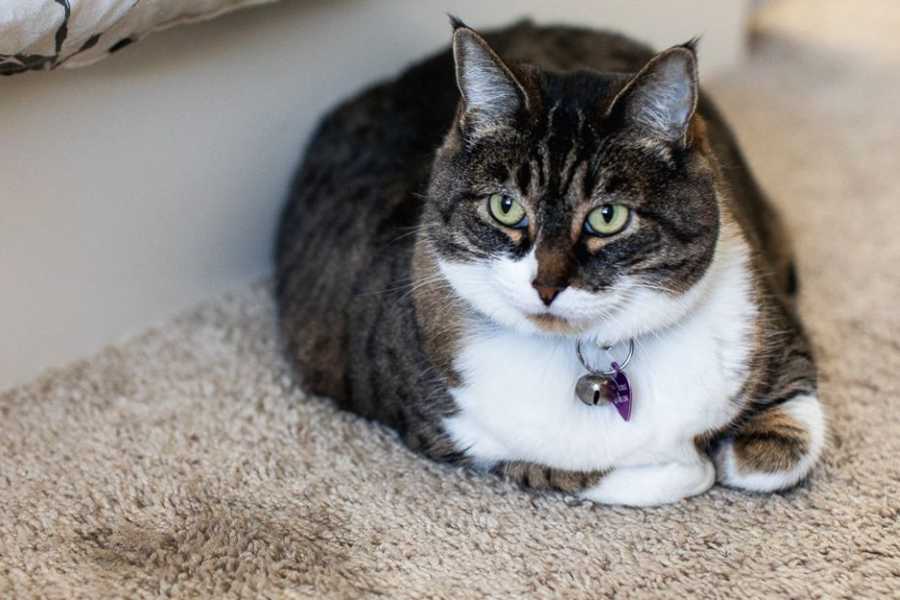
The first step in addressing FIE is to rule out any medical issues. If your cat is going outside the litter box, it’s crucial to get them checked out by a veterinarian to ensure there isn’t an underlying health problem.
If your cat is healthy, the next step is to differentiate between FIE and urine marking, which are two completely different issues.
Addressing Litter Box Aversion
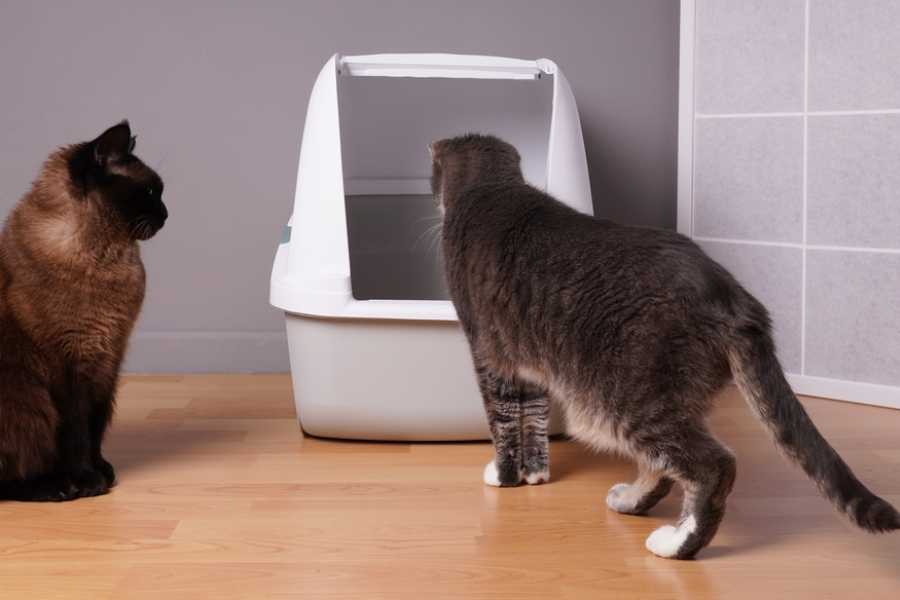
If your cat has a litter box aversion, they will often eliminate on a horizontal surface and target the same spots over and over. They may also exhibit unique behavior when they do use their box, such as running out of it quickly after using it or sniffing the box and walking away.
To address this, ensure that the litter box is in a warm, quiet area. Avoid high traffic and noisy areas. If you have multiple cats, have one more box than the number of cats. Also, use a litter that your cat likes. Cats tend to prefer fine, sandy, unscented, clumping litter. Avoid cleaning the box with harsh chemicals, and get rid of hoods, liners, and plastic trays.
Additional Tips
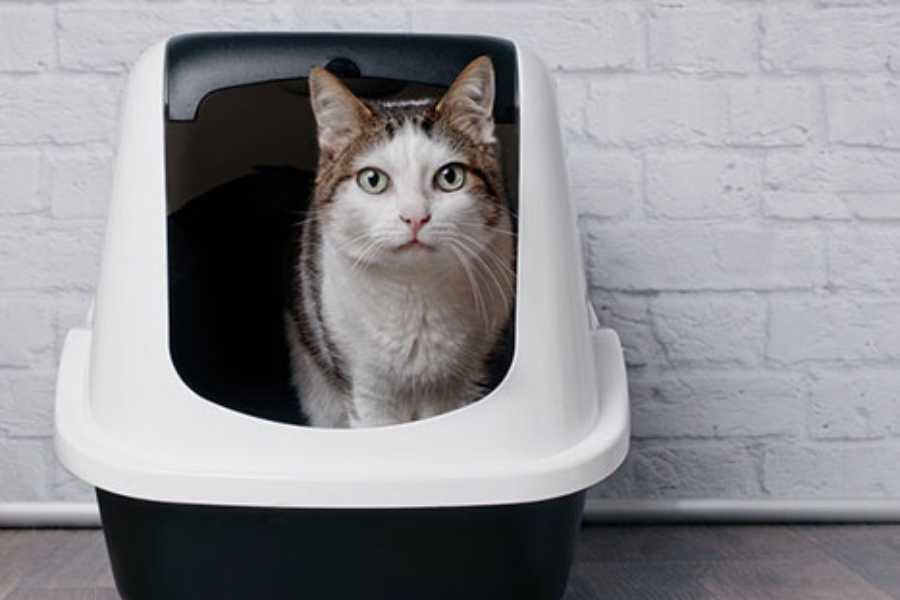
If your cat continues to avoid the litter box, consider purchasing a new box without hoods or liners and placing it where they are currently eliminating. As soon as the cat starts using it, slowly move the litter box to the location where you want it to be.
Clean the areas where your cat has urinated or defecated with an enzymaticcleanser to break down the pheromones that remind the cat to go back to the same spot. If you’re not sure where your cat is going, use a black light to find urine spots and then clean them thoroughly.
You can also try putting furniture to block access to that area or put the cat’s bedding and food right there. Most cats will not urinate and defecate where they eat and drink and sleep.
When to Seek Professional Help
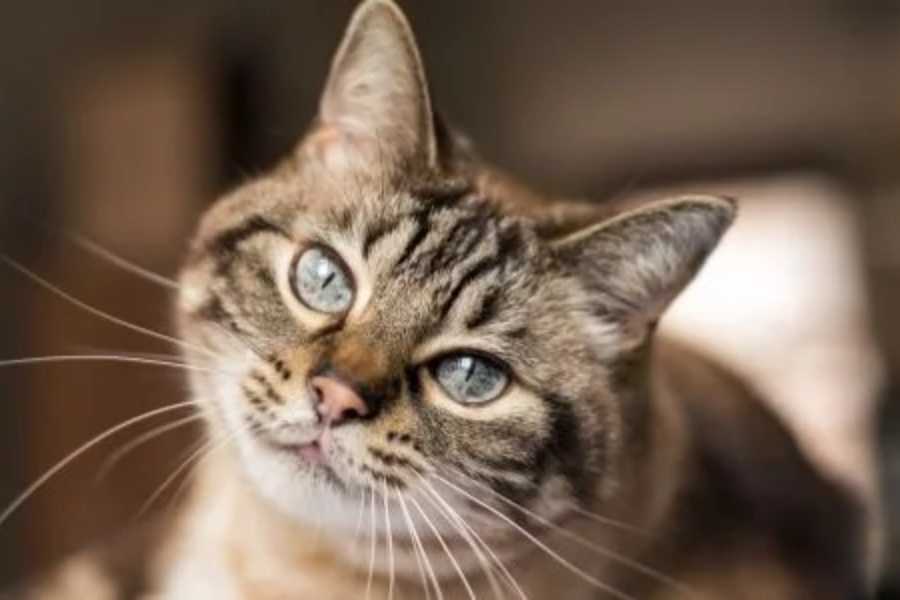
If you’ve tried all these strategies and your cat is still not using the litter box, it’s time to seek help from a professional. A behaviorist or veterinarian can help you identify the cause of the problem and suggest solutions. In some cases, medication may be necessary.
Remember, the sooner you address the problem, the more successful you’re likely to be in retraining your cat. Also, eliminating sources of stress is crucial.
Final Thoughts

Feline inappropriate elimination can be a frustrating problem, but with patience, understanding, and the right strategies, it can be resolved. Your cat is a part of your family, and understanding their behavior is key to ensuring their health and happiness.
For more information on cat behavior and health, check out our other articles on why cats have watery eyes, why cats can’t drink milk, and why cats have bad breath.
Remember, you’re not alone in this. Many cat owners have faced this issue and have successfully resolved it. With a little patience and understanding, you can help your cat get back to using their litter box.
Tags
Share
Table Of Contents
Related Posts
Quick Links

